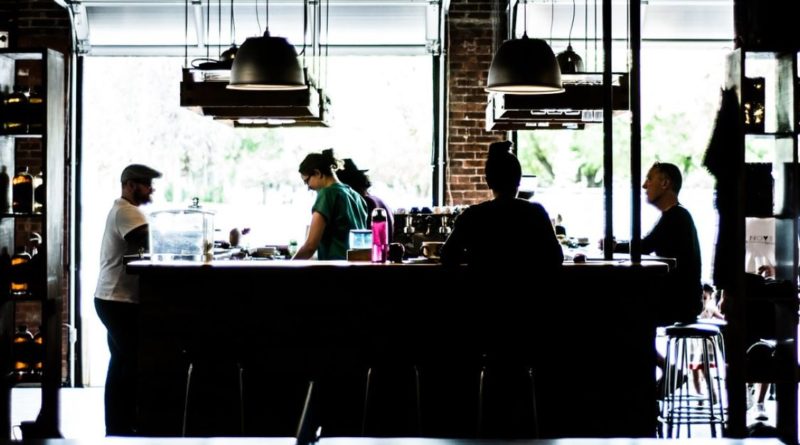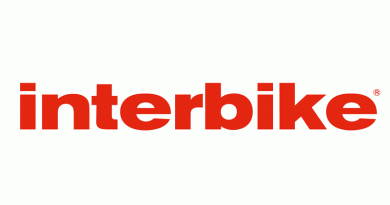Retail discussion: where do marginal gains add up to profitability?
The topic of profitability is often explored on CI.N, but rarely do we tap into the trade secrets and hacks obtainable only by putting the hours in. We ask the frontline to share the tricks they have to bolster net takings…
 It’s very often said that incremental gains can add up – what are some of the smaller things your shop does to retain profitability?
It’s very often said that incremental gains can add up – what are some of the smaller things your shop does to retain profitability?
Ruth Hargreaves, Tandems
If the bank balance allows, we always take early settlement discount or pay promptly enough to qualify for an early payment credit.
We encourage our customers to pay us by bank transfer rather than credit or debit card.
On larger sales we’ll only offer interest free credit up to 10 months rather than 12, and we restrict the items it is available on. This means it is only offered on our products with the highest profit margins and those which are readily available. Anything which is in limited supply is not available to buy on interest free.
During the quieter winter months we eBay any components which are slow selling, or those which we have excess stock of.
When sending out items by courier, we use a 48-hour service rather than a 24-hour service when appropriate.
Carl Percival, Revolution Cycles
In terms of products, I will often choose to stock a small step up from the basic versions of consumables as, while they cost just a little more to buy, they can normally be marked up a bit higher. They need to have a tangible benefit to the customer though, I won’t sell things more expensively just for the margin. Remember that a cheap product that needs remedying after a little while will cost you more.
Personally, I’m not a fan of charging for little things like cable ends or a squirt of lube during a service. I know some businesses do this and do well from it, but I prefer to include the little items into the pricing of servicing, as the cost is pretty negligible. Customers don’t like seeing too many additions to their bill.
Steve and Maria Masi, Falmouth Cycles
We try and stay involved with the community by attending local events, such as the recent skate park festival and offering advice on a stand at a recent apprenticeship open day. We also donate bikes as prizes for local raffles and sponsor local clubs or events including the town band and the trophies for the local gig rowing league. We also host our own cycling club weekend rides in the summer months and provide coffee and cake.
There are two ways to add profit – reduce overheads and bolster net takings – what has your business done on each point to stay healthy in the past?
Carl Percival, Revolution Cycles
I always keep an eye on the overheads as part of my profitability strategy. Once any contract period is coming to an end I will evaluate whether I can save costs, or even if the service is required. Never overlook this bit, it can save a lot! I have just reduced broadband/internet by £13 and discovered banking apps that don’t charge for their service and offer a few other benefits too, so saved £20 a month with no drawbacks at all.
It does depend on a person’s character and the business direction, but I prefer to evaluate everything without jumping on board with new releases, services or offers to the shop. There’s no point having a product on sale bought in temptingly cheap if it’s not something that appeals to your own customers.
We hear it over and over but it really is the services, rather than the products, that people are interested in, which handily are the things with the biggest profit margins too. I think people will always take bikes to be fixed, but to expand further there needs to be a broader offering. Teaching sessions, bike fitting and events are all popular with a little effort put into them. As a bonus, they don’t even need as much space as lots of expensive bikes on display.
There are some areas where I believe profit shouldn’t come first, which is difficult to accept, but some things are just more important in the long-term. I pay a little more for an energy supplier who reinvests in renewable energy schemes such as their own wind farms, and I use an expensive to run bioremediating cleaning system that doesn’t use harmful chemicals or aerosols.
Steve and Maria Masi, Falmouth Cycles
We maintain sensible staff levels and avoid purchasing bulk discount items. Also, we don’t spend money on advertisement, but instead we sponsor local young riders who frequently bring custom to the shop with their riding companions. This encourages word of mouth business and keeps our local riders happy.
Once the customer has arrived in store, how do you begin the process of guiding them towards a purchase while not putting them off?
Carl Percival, Revolution Cycles
From the point of view of a primarily workshop business, I will nearly always go over a bike with the customer as they bring it in. A quick measure of the chain can avoid a surprise £150 drivetrain bill during the job that a customer will inevitably be a little upset at. You can also discuss upgraded replacement parts much more easily at this stage.
Steve and Maria Masi, Falmouth Cycles
We always acknowledge customers when they arrive in the store to open a line of communication and then we interpret body language to judge how much, or how little, interaction they require. The majority of customers will make it clear from their initial greeting what they are looking for and then we try and encourage an open and honest dialogue to make sure we are meeting their needs and that they feel that we are not simply trying to sell them the most expensive product.
CI.N has covered the topic of profitability with a separate panel before, so for further insight from the front line, head here. Should you business require a sales trainer, CI.N columnist Colin Rees is a strong point of contact for UK bike shops.



